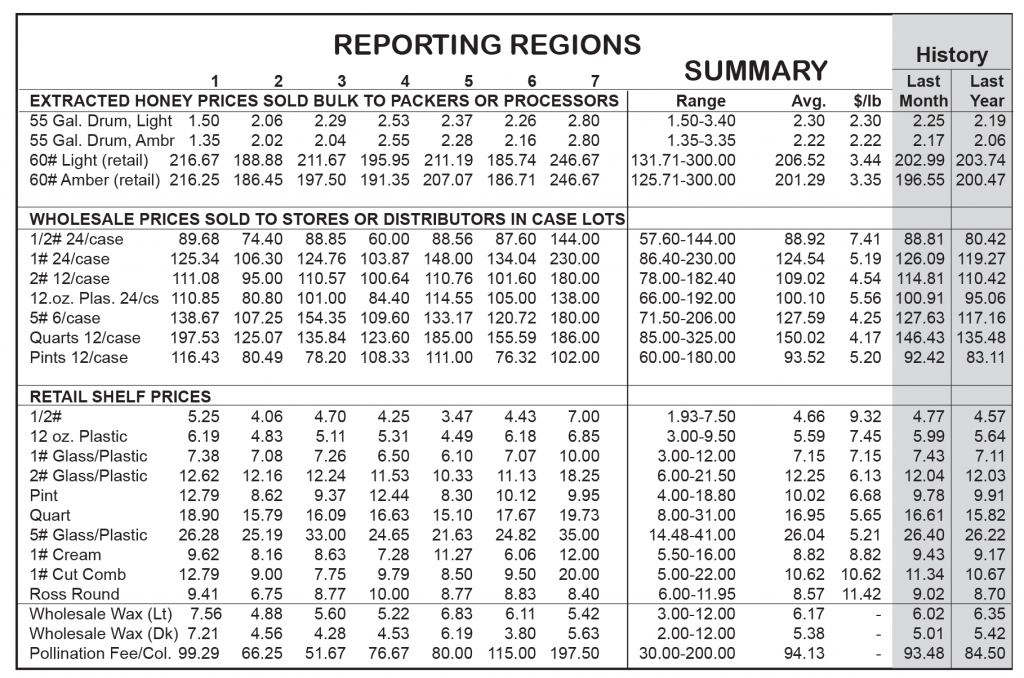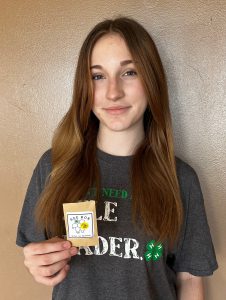Honey Label Use
We took a look at honey jar labels this month, seeing what our reporters use, and don’t use. Perhaps you will see something here that will help promote your honey while just sitting on a shelf or farm market table.
A Product Of The USA label helps define the origin of the honey in the bottle, and, while most of us sell in local markets, there are beekeepers who, to round out their product line bring in honeys from other places. Only 27% of our reporters seem to have an issue with that and don’t use a USA label.
But what about a Local Honey label? Well, there’s a difference, but not as much as we expected certainly. Local is the King of the best honey there is, but only 52% use a Local on the label.
Many, but not most, sell a varietal honey in some location and add that to their label mix. If you have something as special as Sourwood, Locust or Sunflower, touting it to your customers is a plus and enables you to add a bit to the price because of the extra work involved. 30% of our reporters take advantage of that fact. But even if you can’t demonstrate a particular floral source, segregating out a seasonal harvest gives your customers a chance to come back and ask for that Fall honey I got last time, or the wonderful Spring Bouquet like last years crop. But only 15% use a seasonal label. If you don’t you might consider that name, instead of the far-to-typical Wildflower so many of us use.
If your honey is sold at a farm market, what does the customer see? The top of the bottle. Even in many stores the honey is located such that the customer is looking at the top, so something there should help, right? Only 32% or our reporters use a top label, but we didn’t ask whether that was because that’s all that they sell there, or they didn’t want one.
Other promotional tactics used included the locations of the apiary where the honey was made, that the honey wasn’t filtered and indeed did contain pollen, Raw Honey is a common attribute used by beekeepers to indicate strained and not filtered and not heated above 100, how to get honey back to liquid form is common, and good, as is 100% Pure and Natural, though Natural doesn’t have an official meaning yet. Certified Naturally Grown shows up on occasion, as do honey tags and ‘About Us’ info. We also asked the obvious, just to make sure. 96% put contact information on the label because in most places it’s the law. But some sales outlets aren’t that fussy. We also asked about the weight of the container in pounds and grams. 91% use that, but grams seems to be the difference here. Some don’t. And what about that Don’t Feed Infants you see so much? Only16% put that on their labels, since it isn’t the law, and it is generally considered not a problem, and it is an extra expense.










